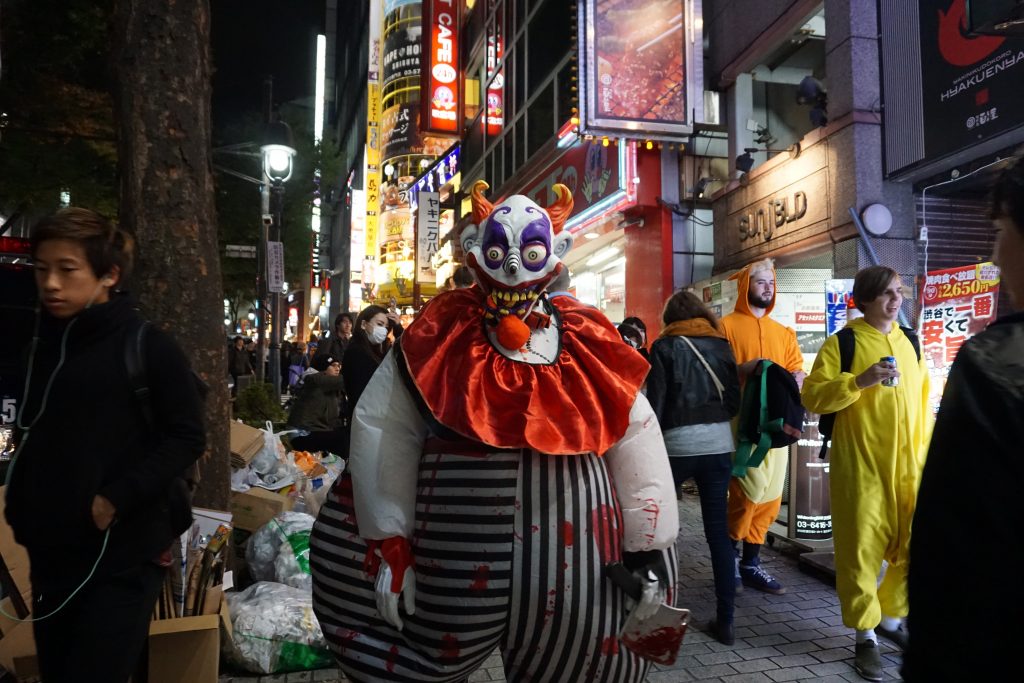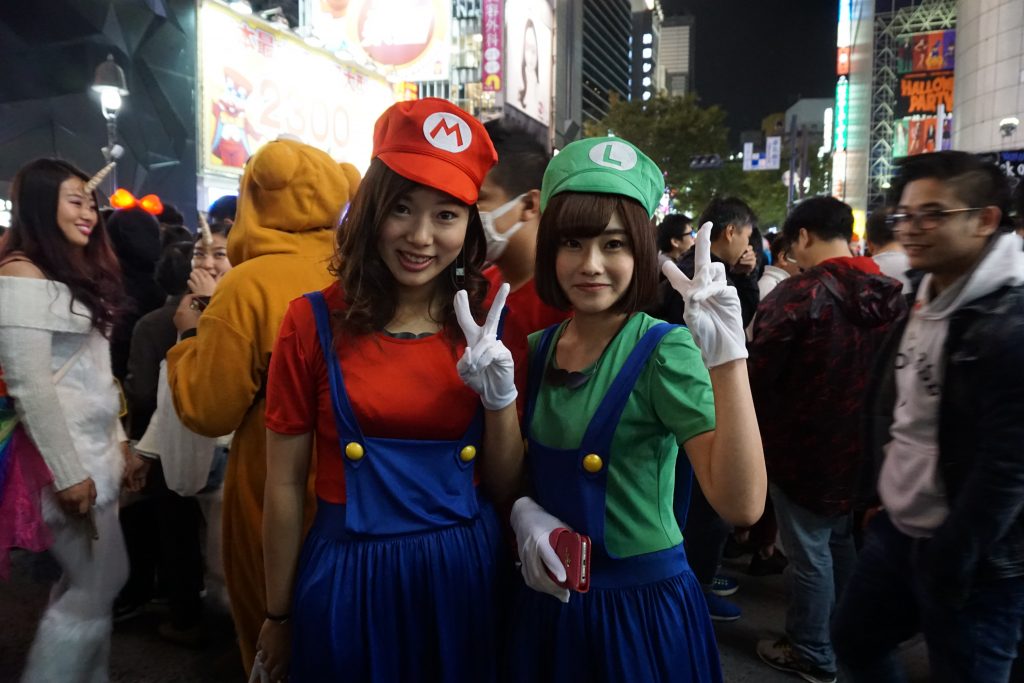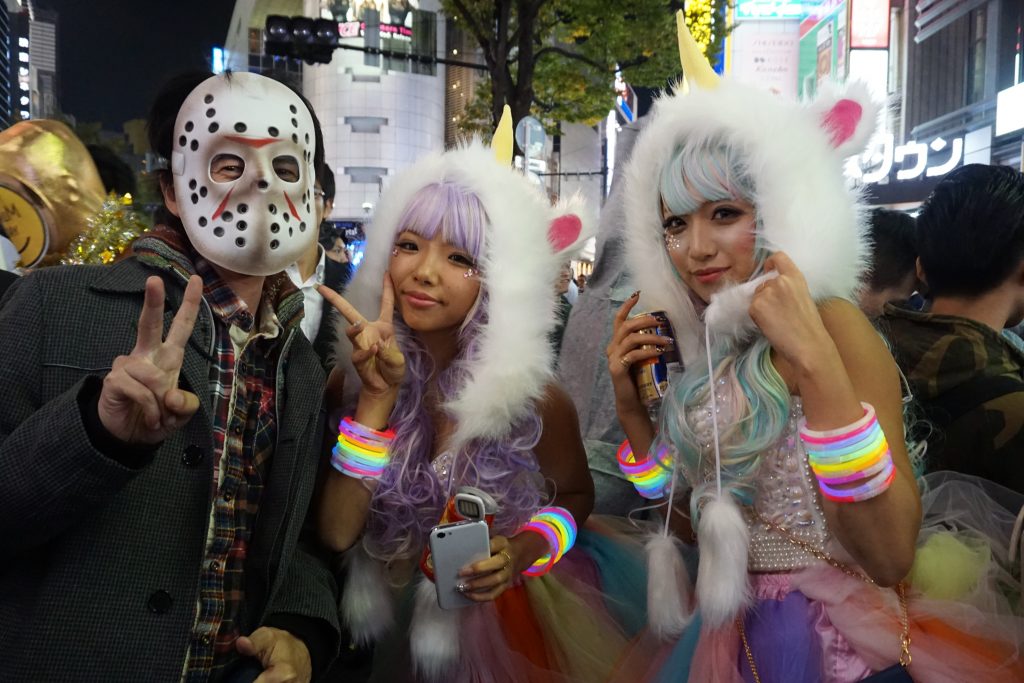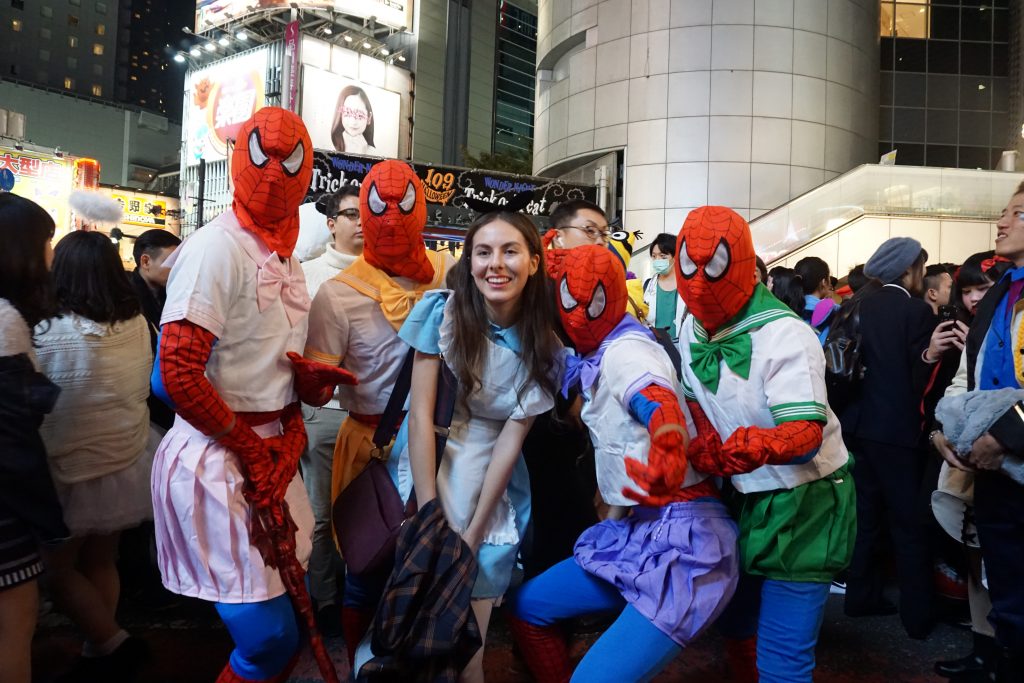It’s been almost 7 years now since I started my career here in Japan and so far it’s been great.
Company 1: The Stepping Stone
I came here the Summer of 2013. Working as a Software (Bridge) Engineer for an IT company in Shin Yokohama; which mostly do printing related software.
This is your typical Japanese company but with most of the employees (Software Engineers and Testers) being Filipinos. The high ranking employees are mostly Japanese with a single Filipino manager. We were like 30 to 50 Filipinos working in two offices; both are in Kanagawa Prefecture.
Pros:
- No urgent need for Japanese language since most of the employees are Filipinos.
- There are company dormitories so no need to worry about your accommodations and utility bills.
- Our HR lady handles all matters related to Japanese ward office and immigrations.
- Sponsors working visa and basically the one who will fly you to Japan.
- You feel less home sick since you are around with a lot of Filipinos who you can talked to most of the time.
- Do company outing like Philippine companies once a year.
- Provides flight fare money for a Philippine vacation once a year.
Cons:
- The technology stack is pretty much outdated and you work most of the time with printer related technologies.
- Low to mediocre salary which is not much of an increase from your salary in the Philippines.
- Long and unnecessary meetings.
- The dreaded Japanese trademark overtime work. Like 9AM to 10PM work hours most days of the week.
- Taking long paid leaves is frowned upon.
- No good coffee.
Overall, it’s not a great company but somehow tolerable. I left the company after a year and 10 months of working there. I still hang out with former colleagues specially during winter because we snowboard as a group.
Do I regret working for this company? Not really. It was an easy way to get a working visa and I had great company with my friends there (Nothing beats movie and karaoke nights with fellow Filipinos). I just had to leave at some point because it’s a really not a good place career-wise.
Company 2: The Good Place
The second company I worked for in Japan is an e-commerce company whose Engineering team is mostly composed of foreigners. This company really helped me develop my software engineering skills and gave my career a great push. This company has good business relationships with Rakuten, Google and Yahoo.

Pros:
- Little to no Japanese language requirement since the team communicates in English.
- Good salary and great salary increase every year.
- Good and skilled colleagues. I enjoyed a lot of our technical discussions. Even our non work related talks and lunch conversations were nice.
- Great Manager and Head of Engineering. Tasks and schedules were rarely a problem since both of them are very knowledgeable with software development.
- Meetings are only held when necessary. We use Slack for communications.
- Great work life balance. You can work at home 1 day per week if you want.
- The technology stack is good and as long as you can properly document and do it, you are free to use any programming language and framework you like.
- A year before I left, we started working on Machine Learning and Blockchain related projects.
- Free good coffee.
Cons:
- The business model of the company started to go bad. This is mainly because our e-commerce website is pretty much dependent to paid traffic from Yahoo and Google. In our defense, we did try to improve our organic traffic but it just didn’t help a lot.
- The Sales and Engineering team has a cultural difference. It doesn’t happen all the time but sometimes you feel there is a communication issue.
I stayed for this company for 3 years and 6 months and I learned a lot while I was there. The company allowed me to do my tasks how I want the them to be done which is a great thing for a software engineer.
So why did I left this company? I would stay if I like and the company did try to ask me to stay. The thing is, I felt like it was the right time to move. Both my manager and our Head of Engineering already left the company months before I did and it felt like I have no one to learn from anymore.
Company 3: The Better One
Aside from the above mentioned reasons for leaving my previous company, my current also gave a generous on-boarding package to persuade me. Basically all the benefits that I am receiving from my previous company plus more paid vacation leaves, higher salary and nice modest working environment where I’m free to do whatever I want as long as it’s aligned with the business goals of the company.
Being a FinTech company, most of our projects requires extra security considerations. Right now, we tackle finance problems with the use of Machine Learning, Blockchain and Cryptography. Kinda nice set of technologies to work with specially nowadays. Japan is laidback in terms of using newer technology, most of the companies I know are using Java and PHP/Wordpress for their systems.
Pros:
- We are a start up company but backed by a big company.
- We work with the tools and technology that we want and we are free to do Research and Development.
- Great benefits and salary which surpass the package I received from my previous company.
- Same work life balance and no unnecessary meetings so far.
- Great boss and colleagues.
- Nice coffee machine where I can drink much needed coffee.
- Office is in Central Tokyo. Restaurants are a little pricey but we have a great selection for lunch outs.
Cons:
- We are a start up company so it is a bit risky. We need to make sure that we can create services that the Japanese people will want to use.
I have been working for this company for about 5 months now and it is still going great. We had an issue with our first project related to Japanese regulation but we have a great team so I believe we will be able to finish it on schedule.
We’re only a few people working in our team here in Tokyo and we share the office with our sibling company. I’m new to the company but they have been very welcoming and helpful. We had company brainstorming sessions held in Karuizawa Prince Hotel last November 2018 which was a nice experience.
So there you go, this is the summary of my Software Engineering life here in Japan so far. Do I like working in Japan? Hell yes!
Language barrier and cultural differences will always be a nuisance at first but I think as long as you are openminded, you will have a good time working here in Japan.
I am really lucky to have worked in these companies (even in Company 1) and I hope you find a good working place here in Japan too because it’s really nice in here. Enjoy working but enjoy exploring Japan at the same time. We need more work life balance here for everyone.
If you have comments, questions or suggestions, feel free to comment below. Have a great day!




























































